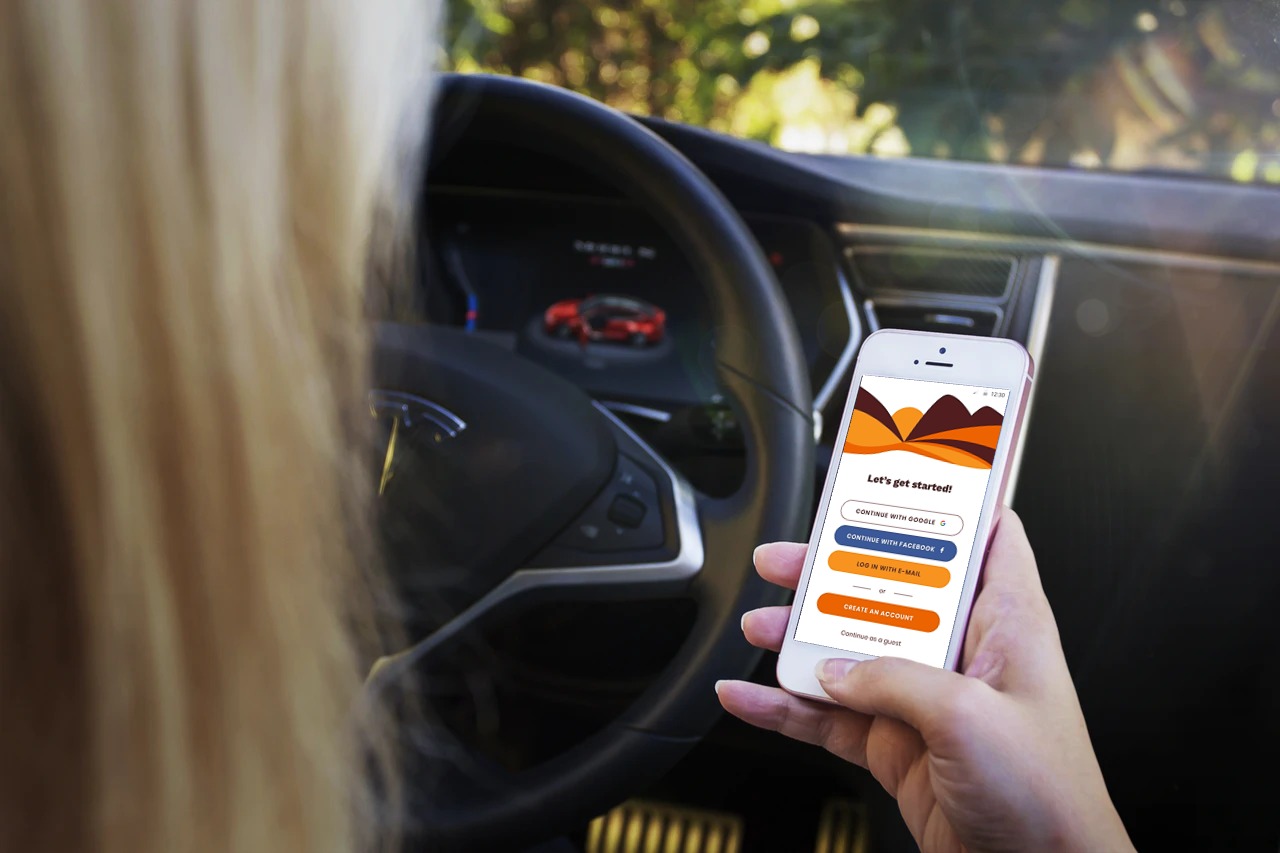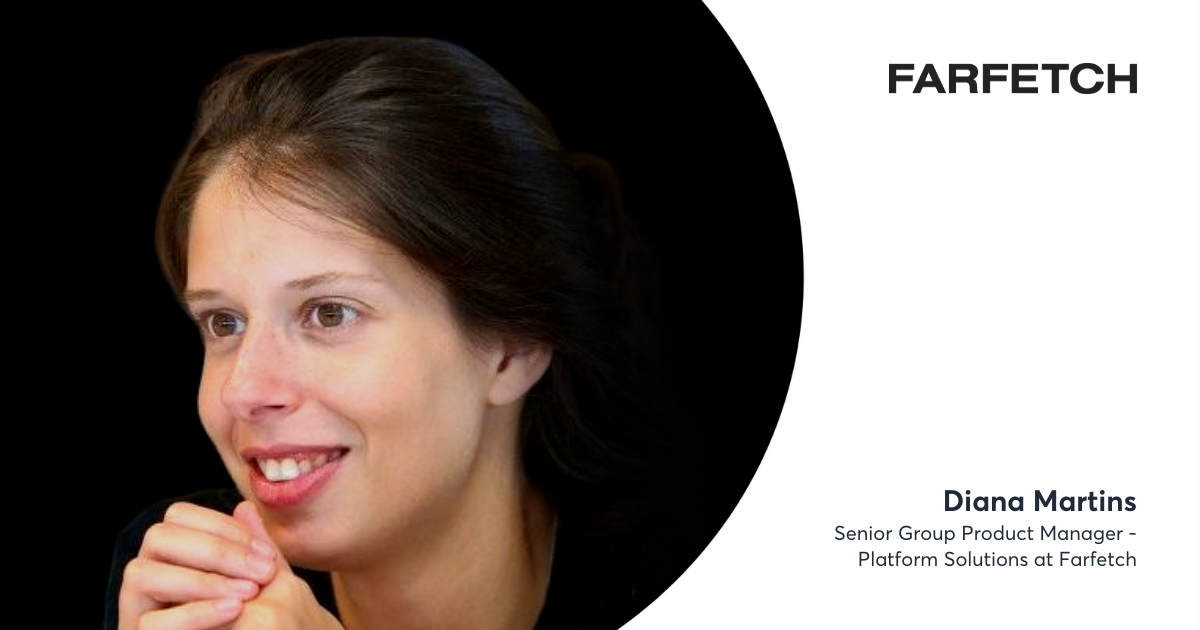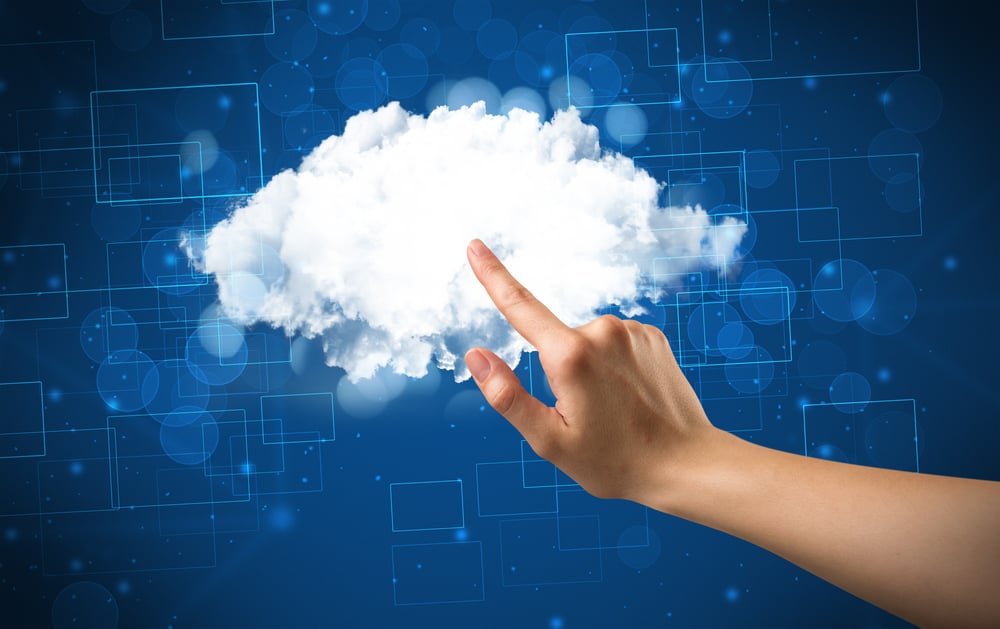How to Fight Pollution With Modern Technologies?
.png?width=1200&height=630&name=Hero%20Image%20Lara%20Crampe%2c%20Community%20Outreach%20Director%20Pure%20Earth%20(1).png)
For the past two decades, the non-profit has been solving pollution problems in low- and middle -income countries. During this period, Pure Earth has received three consecutive four-star ratings from Charity Navigator, plus support and guidance from key international institutions, including the United Nations, the European Commission, and the U.S. Agency for International Development. Today, through the use of technology, their actions can be even more visible and impactful – all thanks to the Report Pollution app that they’ve built together with Netguru.
Our cooperation with Pure Earth started a few months ago when they asked us to build an app that will raise awareness about pollution and its effects. By documenting examples of pollution, the app aims to become a platform for underrepresented communities and help them inspire others to take action.
I interviewed Lara Crampe, Community Outreach Director at Pure Earth, to see how the idea was born and what their plans for the future look like.

Anna Burtan: How did Pure Earth come to be?
Lara Crampe: Pure Earth started in 1999 as an NGO working with governments and communities around the world. The aim was to identify polluted sites and then find ways to clean them up, especially in areas where children are being exposed to toxic pollution and it’s affecting their health. In our work, we try to identify toxic sites and then also come up with cost-effective, efficient ways to clean them up and prevent people from getting sick.
AB: What is the Report Pollution app? How and when did your adventure with the app begin?
LC: We have a website where people can add their pollution stories and identify polluted sites on a map. However, it’s hard to drive people to that website and get the word out. It also requires more effort for people to take a picture, go to the website, write up their story, and upload it. That’s why we started to investigate new solutions.
We conducted research into the world’s pollution and collected ideas for different activities and advertising campaigns. We asked about outreach that has worked to engage people and that we might use in our work. That is how the Report Pollution app idea started. We wanted to create something user-friendly, where people could share their pictures and stories of pollution and other people could learn about it and share it with decision-makers.

Although we were very excited, we also knew that we didn’t have the skills or the budget to do anything like that. It was just sitting on the back burner for us – an idea that we had, that we wanted to take on, but weren’t able to do, yet.
AB: So the app is just about to go live – how did it happen?
LC: We got an email from Netguru saying that the company was interested in finding non-profits that they could partner with and do a pro-bono project. It was exactly what we’d been hoping for! We had an idea for an app but we didn’t know how to build it, not to mention the funds. The day we heard back that Netguru was taking on our project we celebrated in the office. We were so excited.
AB: What were your main challenges?
LC: We are a very small team at Pure Earth with only three people managing the communications and our websites. Additionally, we are a non-technical team that requires external support. The team of professionals at Netguru helped us all the way – from conceptualizing the app and building our strategy, through developing all of the design materials and coming up with new materials that we hadn’t even thought of. They helped us with the mechanics of the app, how the system would work, how the app would work, what we needed on the backend…Then finally the actual build-out of the app itself – the technical pieces.
Having a team of professionals working on the project has been the biggest help for us. As a small team, we don’t have those skills. Additionally, Netguru could also give us advice about how these things work because they’ve built many apps and many similar systems. They were able to share their learnings from other clients, other rollouts, and other websites that they’ve worked on. It’s impossible to quantify how much they’ve added to our understanding and abilities in this space.
AB: What is the future of your organization?
LC: We are really excited about rolling out the app because this will be a way to both report polluted sites and share it with other members, but also for governments to be made aware of those reports.

We are really excited about Report Pollution as a way to continue the conversation, get more people involved and knowledgeable about pollution, and also to engage governments in a new way.
AB: Thank you, Lara, for the interview. Fingers crossed for the app.
LC: Thank you. We are excited about our future. We have big ideas to implement!







